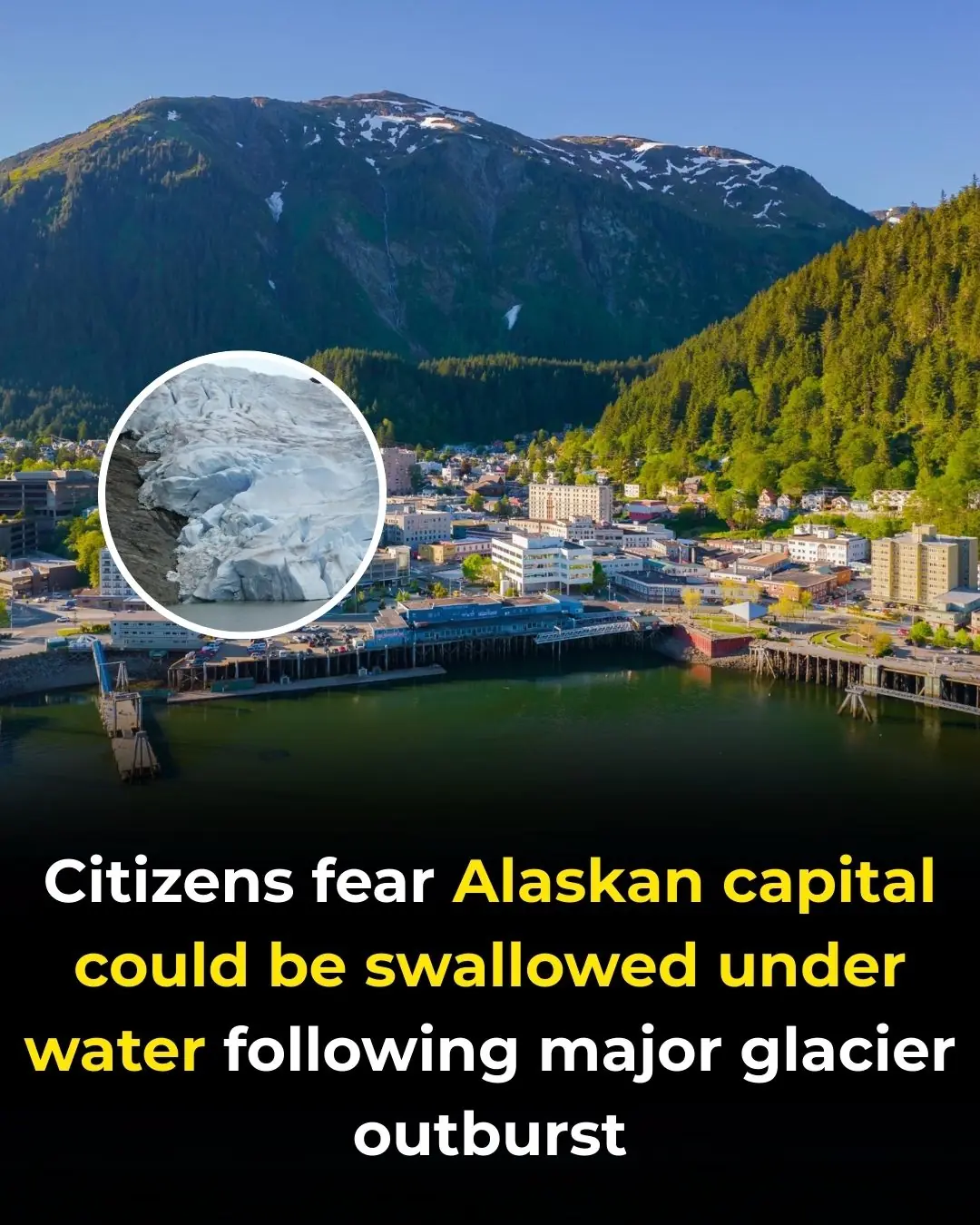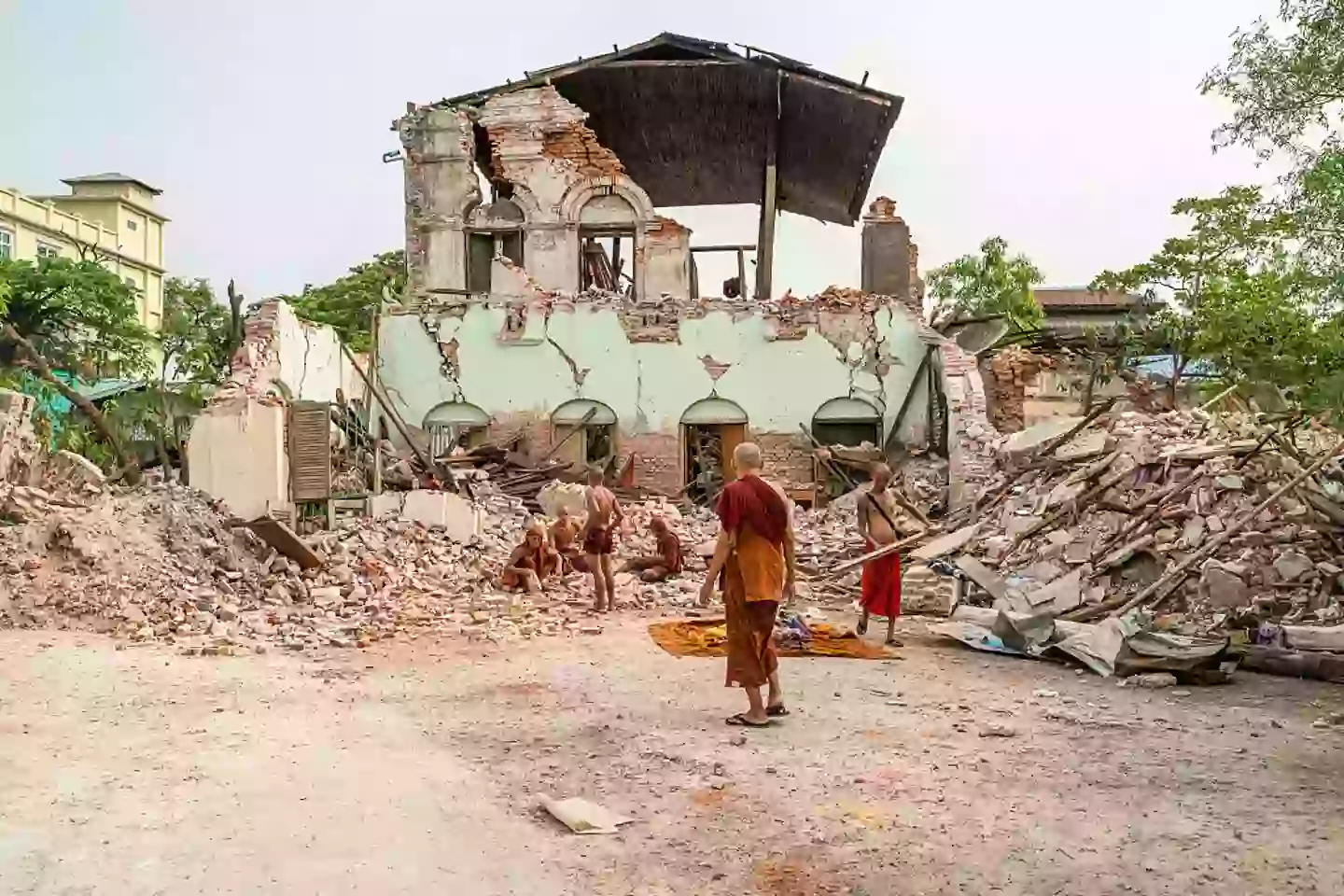
Scientists issue warning of 'The Big One' predicted to be one of the most extreme earthquakes in history
If you find disaster movies too unnerving because they strike a little too close to reality, we suggest you avoid films like 2012, San Andreas, The Impossible, and any other earthquake-themed movies.
Just weeks after a massive earthquake in Russia triggered tsunamis, and President Donald Trump issued warnings across multiple US states, more alarming reports have surfaced about the next big natural disaster.
Predictions from supposed mystics like Baba Vanga and Nostradamus pointed to a difficult 2025, with Japan's version also forecasting a massive megathrust earthquake along the Nankai Trough.
There are mounting fears that a massive earthquake, potentially The Big One, could soon strike the USA, with experts especially concerned about California's San Andreas Fault.
What Is 'The Big One' Earthquake?
Concerns about 'The Big One' grow as scientists continue to warn of its possible arrival, particularly after 2025’s Myanmar earthquake. Researchers have been looking into how events like the Myanmar disaster, which struck in March 2025, could play out along the San Andreas Fault. This earthquake, with a magnitude of 7.7, hit Myanmar along the Sagaing Fault, killing more than 5,400 people and injuring over 11,400.

There are fears 'The Big One' could follow 2025's Myanmar earthquake (Anadolu / Contributor / Getty)
Caltech's team, based in Pasadena, used satellite imagery of the Sagaing Fault to study the earthquake and predict whether a similar event could occur in California. Their research was published in Proceedings of the National Academy of Sciences, with lead author Solène Antoine explaining that the earthquake provided an ideal case for applying their imaging methods to study ground displacement. This was crucial as radar interferometry struggles to measure the shifting of the fault accurately.
Historical tremors from the Sagaing Fault suggested that the earthquake might impact a 300-kilometer stretch of land where seismic activity hadn’t been recorded since 1839. However, the satellite imagery revealed that the actual rupture occurred along a far longer 500km stretch, with the fault shifting a staggering 9.8 feet.
The Future of 'The Big One' Earthquake
The 1906 earthquake devastated San Francisco, causing the destruction of 80% of the city. Scientists are now trying to determine if a similar disaster is coming to California. They are focused on whether 'The Big One' might follow the example of the 1857 earthquake, which had a magnitude of 7.7 to 7.9, splitting the San Andreas Fault from Monterey County to Los Angeles County. Or could it resemble the 1906 San Francisco quake, which started offshore and spread to other counties like Humboldt and Santa Cruz?

1906's earthquake destroyed 80% of San Francisco (Ivy Close Images / Contributor / Getty)
The 1906 earthquake resulted in 3,000 deaths and wiped out most of San Francisco. For the potential 'Big One,' the earthquake could manifest either as several smaller quakes or, more catastrophically, an 8.0 on the Richter scale, tearing through multiple counties including San Bernardino, Riverside, and Imperial.
Jean-Philippe Avouac, a co-author of the study, explained that future earthquakes might not follow past patterns, and successive ruptures could release more energy than previously expected. He emphasized the challenges of creating a model to predict these events, as historical records are often too brief to build reliable statistical models.
While Avouac is working on developing a model to understand how the San Andreas Fault might behave in the future, he admits that this process is exceptionally complex and might take years to perfect. “It’s not going to happen soon,” he said, acknowledging the difficulty of the calculations involved.
The threat of 'The Big One' continues to loom large, and experts caution that the situation remains unpredictable, making preparedness even more critical for those living near fault lines.
News in the same category


What Mixing Vinegar, Salt, and Water Does?

The Reason Some People Keep Lemons on Their Nightstand While Sleeping

Pick a Grandma to Discover Your Future Self

Death Doesn’t Exist And May Just Be An Illusion, According To Quantum Physics

I Di3d for 6 Minutes and Saw the Afterlife — What I Witnessed Still Haunts Me

How One Simple Button Can Cut Your Energy Costs in Half!

Scientists Develop World’s First ‘Pregnancy Robot’ That Can Give Birth to Living Babies

Never store your cooked rice without knowing this

Dogs Can Tell If A Person Is Good Or Bad

Panic on P:0rnh:ub as adult site reports it's losing one million users every single day

What’s the Purpose of Dual-Flush Toilet Buttons?

Why a Cat Rubs Against You

True Meaning When Black Butterflies Visit You

Tips for Selecting Fresh Pork at the Market

Researchers Find Higher Intelligence Is Correlated With Left-Wing Beliefs and Seems to Be Genetic

Urgent Health Warning Issued After Pigs With ‘Neon Blue’ Flesh Are Discovered in One Specific Part of the Us

'Hostile' comet aimed at Earth could obliterate the world's economy 'overnight' if it hits

Iconic movie sequel delayed until 2027 after online sleuths 'guessed the plot'
News Post

Citizens fear Alaskan capital could be swallowed under water following major glacier outburst

The Science-Backed Benefits of Elderberry (Plus an Easy Syrup Recipe)

Why Almonds Are So Good for You: Health Benefits Backed by Science

Use This Simple Method to Kill the Bacteria Causing Heartburn and Bloating Before It’s Too Late

Russian Doctor Claims You Can Recover Your Immune System in Just 30 Seconds

Doctors Warning: 7 Types of Pain You Should Never Ignore!

Iron Deficiency Symptoms You're Probably Missing and How to Correct Them

Here’s Why You Should Massage Your Feet Every Night Before Bed

Young Mother Shocked After Doctors Reveal Her ‘Heart Attack’ Was Actually Oil in Her Lungs from Vaping

Do You Wake Up With Numb or Tingling Hands? Here’s What Your Body Is Trying to Tell You

Passenger’s Severe In-Flight Diarrhea Forces Entire Flight to Be Canceled

Proven Brain Foods to Boost Brain Power, Focus and Memory

Think You’re Fine? These 10 Hidden Signs of Gluten Intolerance Will Surprise You

The Psychological Meaning of Leaving Dirty Dishes

The Vitamin The Body Lacks When Legs And Bones Are Painful

Advanced HCC: Which First-line Treatment Is Best?

Weight-Loss Pill Matches Injections, but Experts Skeptical

Proven Brain Foods to Boost Brain Power, Focus, and Memory
